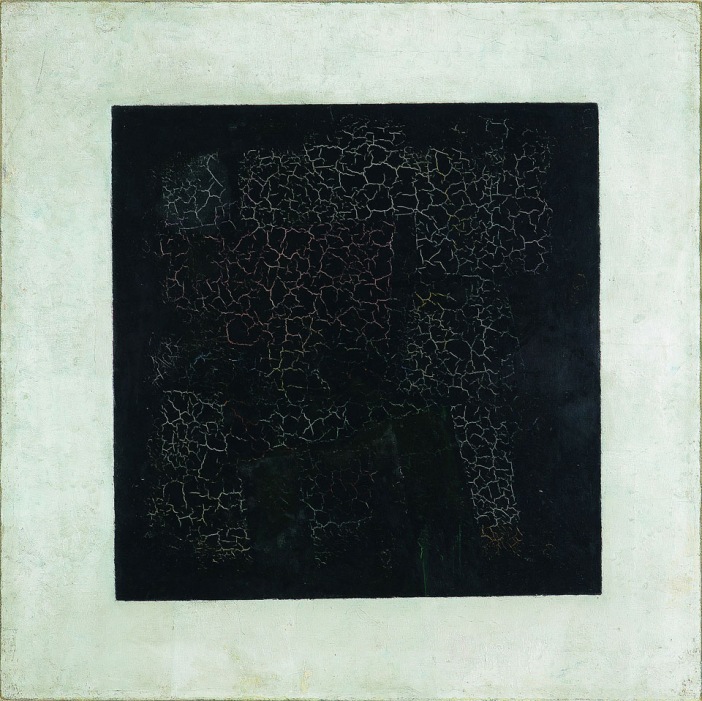History: Malevich and Bill
When did the box start to inspire the search for the box? When did it become (part of) a deliberate ideology? It is hard to construct a genealogy of the box. There is no manifesto; it never needed one (unless you count Cubism). In emphatically standing for something, manifestos are automatically against something else. In its ubiquity, the box has nothing to stand against except itself. A manifesto of the box can be directed only at the futility of any effort to find an alternative: not a manifesto but a declaration of victory. Does the box originate from the rectangular plan? ‘Typical Plan is an architecture of the rectangle; any other shape makes it atypical – even the square’, states Koolhaas in S,M,L,XL. The box offers the next evolutionary stage: all shapes predicated on the 90-degree angle qualify. The box is all-encompassing. In substituting glass for four of its six faces, Mies’s box (in theory) is no longer a box. It dissolves into a single horizontal space sandwiched between a floor and roof, a momentary framing of a continuous outside. Man is one with the cosmos. Despite its seeming dissolution, what this box does is expand the ideology of the box beyond its confines. In revealing its inside to the outside, it doesn’t so much surrender to the outside as claim the outside as part of its interior.

Kazimir Malevich, Black Square, 1915, oil on linen, 79.5 x 79.5 cm, Tretyakov Gallery, Moscow.

Olympische Spiele München 1972Max Bill (22 December 1908 – 9 December 1994) was a Swiss architect, artist, painter, typeface designer, industrial designer and graphic designer.